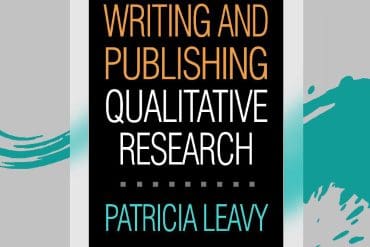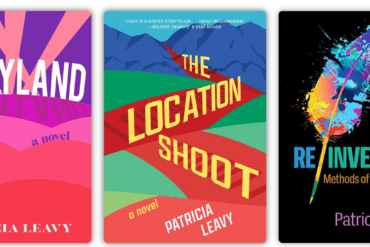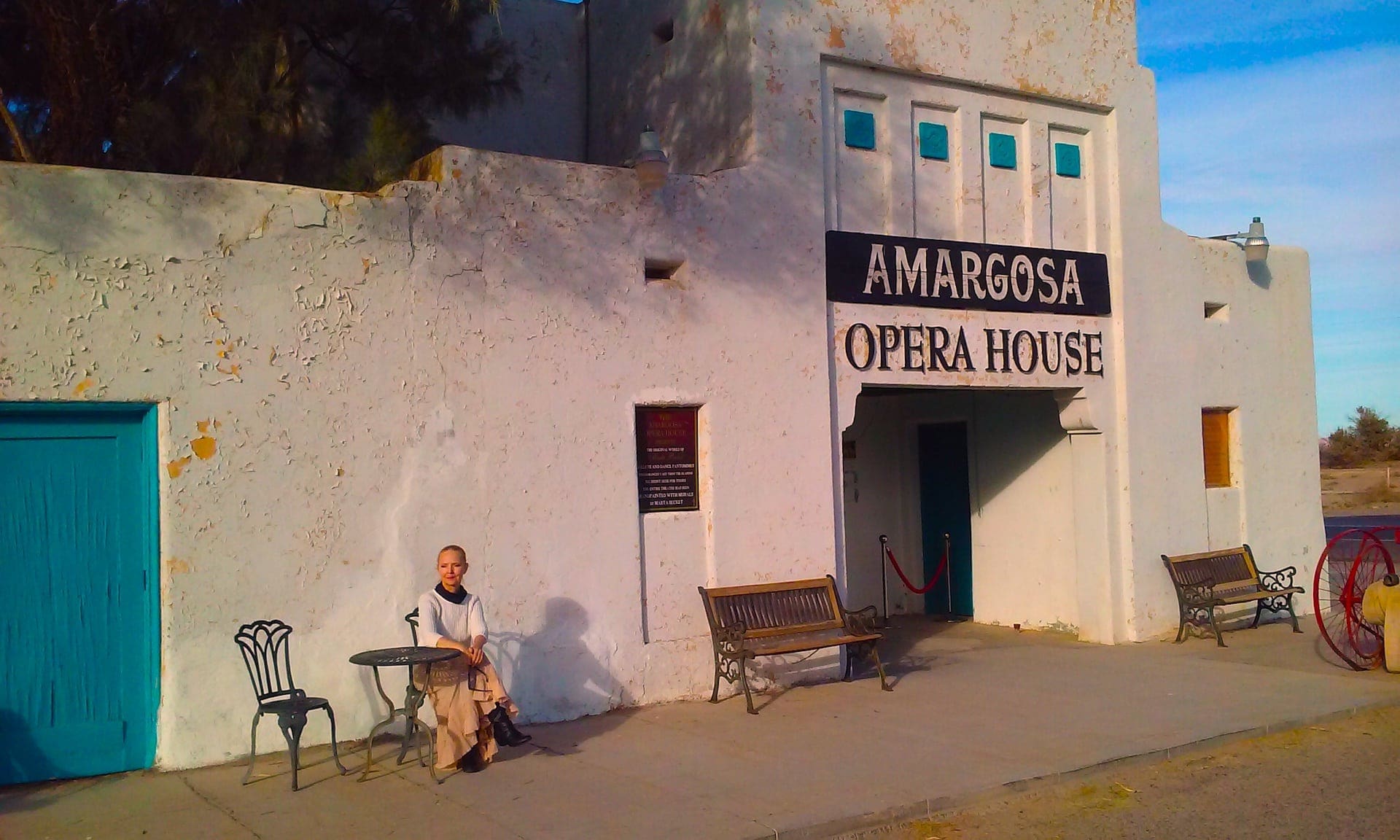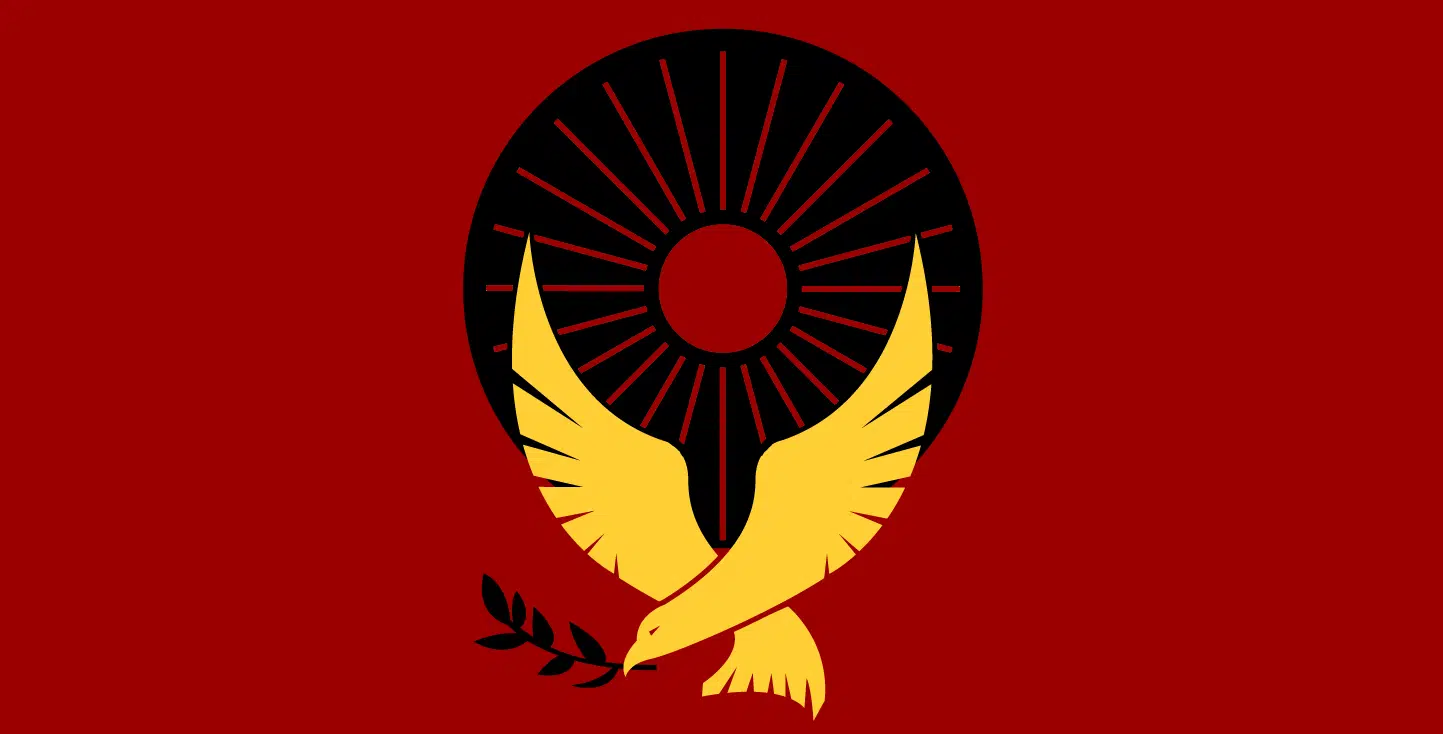“What if I were Offred? What if I was a handmaid or a gender traitor living in Gilead?”


I have asked these questions with answers terrifying and illuminating, answers that this autoethnographic column will explore while looking at Margaret Atwood’s The Handmaid’s Tale.
Colette Tennant’s analytical volume Religion and The Handmaid’s Tale: A Brief Guide tells us Atwood’s work “contains a panoply of abuses against women,” but one thing rarely talked about is the quieter effects of the novel on the queer community, of which I am a part (75). What sexual reparation, or ruin, that is enacted upon the handmaids in the book is similar to a singular strife of some in the queer community: conversion therapy.
These memoirs and passages are meant to guide the reader as examinations of the parallels between The Handmaid’s Tale and my own life (cf. Stern “Engaging Autoethnography,” Giordano “Scientific Reforms, Feminist Interventions”).
Margaret Atwood’s dystopian novel opens with Offred describing her surroundings within Gilead’s reeducation center. Offred narrates:
We learned to whisper almost without sound. In the semidarkness we could stretch out our arms, when the Aunts weren’t looking, and touch each other’s hands across space. We learned to lipread, our heads flat on the beds, turned sideways, watching each other’s mouths. In this way we exchanged names, from bed to bed:
Alma. Janine. Dolores. Moira. June. (4)
These women, handmaids and sexual servants, are my kin, they are my sisters. I, too, am a victim of torture. I, similarly, experienced “a panoply of abuses,” (Tennant 75). I, likewise, find myself indelibly scarred by the trauma enacted upon me. And, so, I add my name to theirs:
Alma. Janine. Dolores. Moira. June. Jay.






Reflection – Jay, aged 14
A chair, a couch, a desk. Family pictures litter the desk. A window, blinds raised. Outside, a street with cars passing by.
I can sit only on the couch, wringing my hands or holding a journal of my most secret thoughts. On the wall above the desk, a blown-up magazine cover, framed: an attractively dressed and seductively smirking teen male. This is the kind of touch they use to make us uncomfortable, I’m told.
On the couch, I sit and think. I talk. No one takes a place on the couch with me. Thoughts must be rationed and monitored, especially here. Thinking can hurt my chances at succeeding here, and I intend to make it.
If not for the middle-aged, well-dressed man sitting across from me asking me questions about my sexual desires, this could be any therapist’s office, or an office for some low-income insurance agent, something like that. It could be a room used to greet visitors, and that is what I am: a visitor, of meager means.
But his chair, my couch, the desk, and the magazine cover: these are not to be disregarded. I am getting help, I live, I can share and receive advice, I can find aide. Where I am is not a prison of my own making but a privilege of my own choosing.
“Then Jesus told his disciples, ‘If any want to become my followers, let them deny themselves and take up their cross and follow me.’”
Matthew 16:24, NRSV






Thus begins my Master’s of Arts in English thesis. Throughout the Spring and Summer of 2021, I began to study autoethnography and the ways in which my story of trauma paralleled that of the handmaids’ within The Handmaid’s Tale. Within the confines of the thesis, I discuss the similarities in our stories, the sad fact of brainwashing that I experienced as a result of religious conversion therapy and the reeducation of handmaids as they were subjected to the tortures of Gilead.
The act of exploring my history and my troubled past with conversion therapy, dragging demons from under my bed and skeletons from the back of my closet, it was one of the hardest processes I have ever put myself; but, it was also one of the most rewarding. There was scriptotherapy, catharsis through writing, and there is still bibliotherapy, catharsis through reading, as I share my story. While the thesis put me face to face with my darkest demons, it allowed me to prove to myself that I am stronger than them and I can do so much with the trauma I have endured, because I have endured so much trauma.
Looking into my future, I will be posting on this blog every so often with a very specific goal in mind. I will be transitioning my autoethnographic studies from my relationship with Offred in the novel The Handmaid’s Tale and will rather be focusing on the parallels I can draw between the fictional character of June, portrayed by Elizabeth Moss, represented in the Hulu adaptation of the novel. Throughout the series, which has just finished airing its fourth season, viewers have followed June as she becomes a handmaid, fights to find her daughter, Hannah, and ultimately works toward regaining her own identity as June Osbourne. I will, similarly, be examining the ways in which the past decade of my life has been a period of healing and a war with my past to reclaim my mind, my thoughts, and my identity. Each blog post will highlight any number of episodes from the series, finding the importance of significant events within June’s experiences.
This new column, this new venture into autoethnography, will be my second major voyage into the world of autoethnography as it relates to me and my history with conversion therapy. There is no telling where I will be taken on this adventure, that much I learned from writing my thesis. I do know, however, that as June ultimately leaves behind Gilead and her identity as Offred, Ofjoseph, and handmaid, I will likewise move forward as a victor over my trauma and not as its victim. This will be an adventure in healing, an adventure in multimodal exploration of my own life, and a process of catharsis that will hopefully bring peace not only to me, but to any victims of trauma.
My name is Jay, and I formally invite you to join June and I as we walk through Gilead: Blessed be the damn fruit.






Works Cited
Atwood, Margaret. The Handmaid’s Tale. New York, Anchor Books, 1986.
Tennant, Colette. Religion in The Handmaid’s Tale: A Brief Guide. 1517 Media, Minneapolis, 2019.
Featured image by Icewizie for Wikimedia; logo created by Billy Fasig










